"The ultimate sportscar," and "one of the most attractive forms of transport that one could buy at any price," were just two of the many accolades that the motoring press showered on the Ferrari Dino 246GT once examples became available for road test in the early 1970s. It was the need for a production-based engine for the new Formula 2 that had prompted the introduction of the first 'junior' Ferrari - the Dino 206GT - at the Turin Motor Show in 1967. Named after Enzo Ferrari's late son Alfredino, the newcomer had been inspired by the successful limited edition Dino 206S sports-racer of 1966. Voluptuously styled by Pininfarina and built by Scaglietti, the Dino was an instant hit despite lacking Ferrari's cavallino rampante badge. Like its racing forebear, the new Dino was powered by a midships-mounted, 2-litre, four-cam V6 driving via an in-unit five-speed transaxle, but carried its power unit transversely rather than longitudinally. The latest in a line of Dino V6 'quad-cam' engines stretching back to the late 1950s, the new unit proved as successful on the racetrack as in the showroom, Derek Bell and Ernesto Brambilla both winning races in the European Championship while Andrea de Adamich triumphed in the 1968 Argentine Temporada series. In road trim the motor's 180bhp was good enough for a top speed of more than 140mph. Bodied in aluminium, the Dino 206 was necessarily an expensive car to make, prompting a switch to steel for its successor, the 246GT. Introduced in late 1969, the 246GT was built on a 60mm-longer wheelbase and adopted cast iron for the cylinder block of its 2.4-litre engine. The cumulative effect of these changes was an increase in weight which the enlarged motor's 195bhp had no difficulty shrugging off, as performance figures on a par with its predecessor's demonstrated. By the time the last V6-engined Dino rolled off the Maranello production line in 1974, Ferrari's faith in the concept had been amply rewarded by sales approaching 4,000 units. "Ferrari name or no, the Dino is a Ferrari and the mystique plus the exciting shape plus the sounds plus the great chassis all add up to a lot of car." - Road & Track on the 246GT. Dino 246GT chassis number '06024' was sold new in Switzerland in March 1973 via official Swiss Ferrari distributor SAVAF. Finished in the classic Giallo Fly yellow livery so often associated with the model, '06024' boasts a black-trimmed interior carpeted in light grey and equipped with electric windows, MoMo prototype steering wheel and Voxson 8-track radio/cassette. A restored example of the model, it was acquired by Michel Lepeltier in 1975 and has covered a mere 54,697 kilometres. A beautiful car.
"The ultimate sportscar," and "one of the most attractive forms of transport that one could buy at any price," were just two of the many accolades that the motoring press showered on the Ferrari Dino 246GT once examples became available for road test in the early 1970s. It was the need for a production-based engine for the new Formula 2 that had prompted the introduction of the first 'junior' Ferrari - the Dino 206GT - at the Turin Motor Show in 1967. Named after Enzo Ferrari's late son Alfredino, the newcomer had been inspired by the successful limited edition Dino 206S sports-racer of 1966. Voluptuously styled by Pininfarina and built by Scaglietti, the Dino was an instant hit despite lacking Ferrari's cavallino rampante badge. Like its racing forebear, the new Dino was powered by a midships-mounted, 2-litre, four-cam V6 driving via an in-unit five-speed transaxle, but carried its power unit transversely rather than longitudinally. The latest in a line of Dino V6 'quad-cam' engines stretching back to the late 1950s, the new unit proved as successful on the racetrack as in the showroom, Derek Bell and Ernesto Brambilla both winning races in the European Championship while Andrea de Adamich triumphed in the 1968 Argentine Temporada series. In road trim the motor's 180bhp was good enough for a top speed of more than 140mph. Bodied in aluminium, the Dino 206 was necessarily an expensive car to make, prompting a switch to steel for its successor, the 246GT. Introduced in late 1969, the 246GT was built on a 60mm-longer wheelbase and adopted cast iron for the cylinder block of its 2.4-litre engine. The cumulative effect of these changes was an increase in weight which the enlarged motor's 195bhp had no difficulty shrugging off, as performance figures on a par with its predecessor's demonstrated. By the time the last V6-engined Dino rolled off the Maranello production line in 1974, Ferrari's faith in the concept had been amply rewarded by sales approaching 4,000 units. "Ferrari name or no, the Dino is a Ferrari and the mystique plus the exciting shape plus the sounds plus the great chassis all add up to a lot of car." - Road & Track on the 246GT. Dino 246GT chassis number '06024' was sold new in Switzerland in March 1973 via official Swiss Ferrari distributor SAVAF. Finished in the classic Giallo Fly yellow livery so often associated with the model, '06024' boasts a black-trimmed interior carpeted in light grey and equipped with electric windows, MoMo prototype steering wheel and Voxson 8-track radio/cassette. A restored example of the model, it was acquired by Michel Lepeltier in 1975 and has covered a mere 54,697 kilometres. A beautiful car.



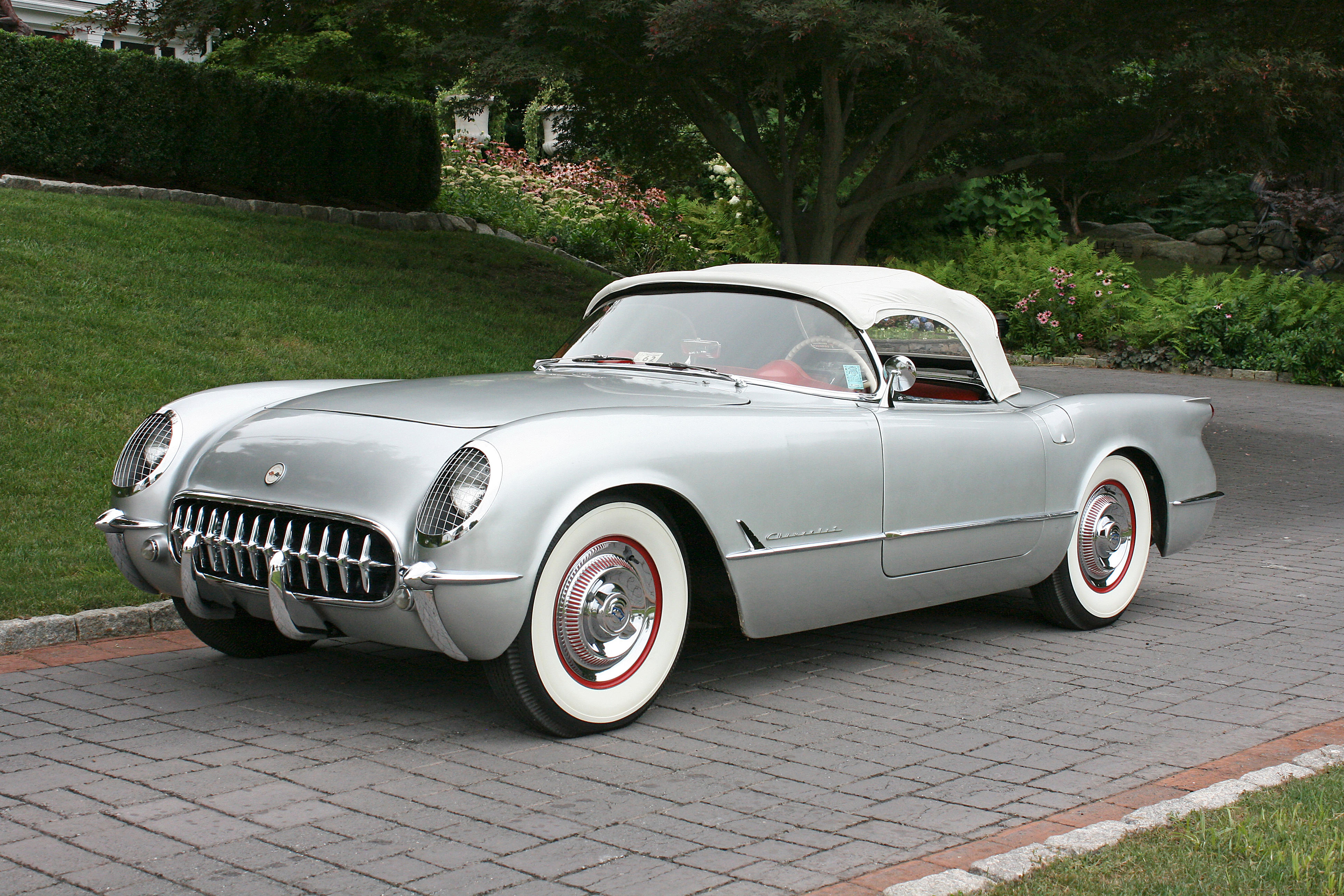

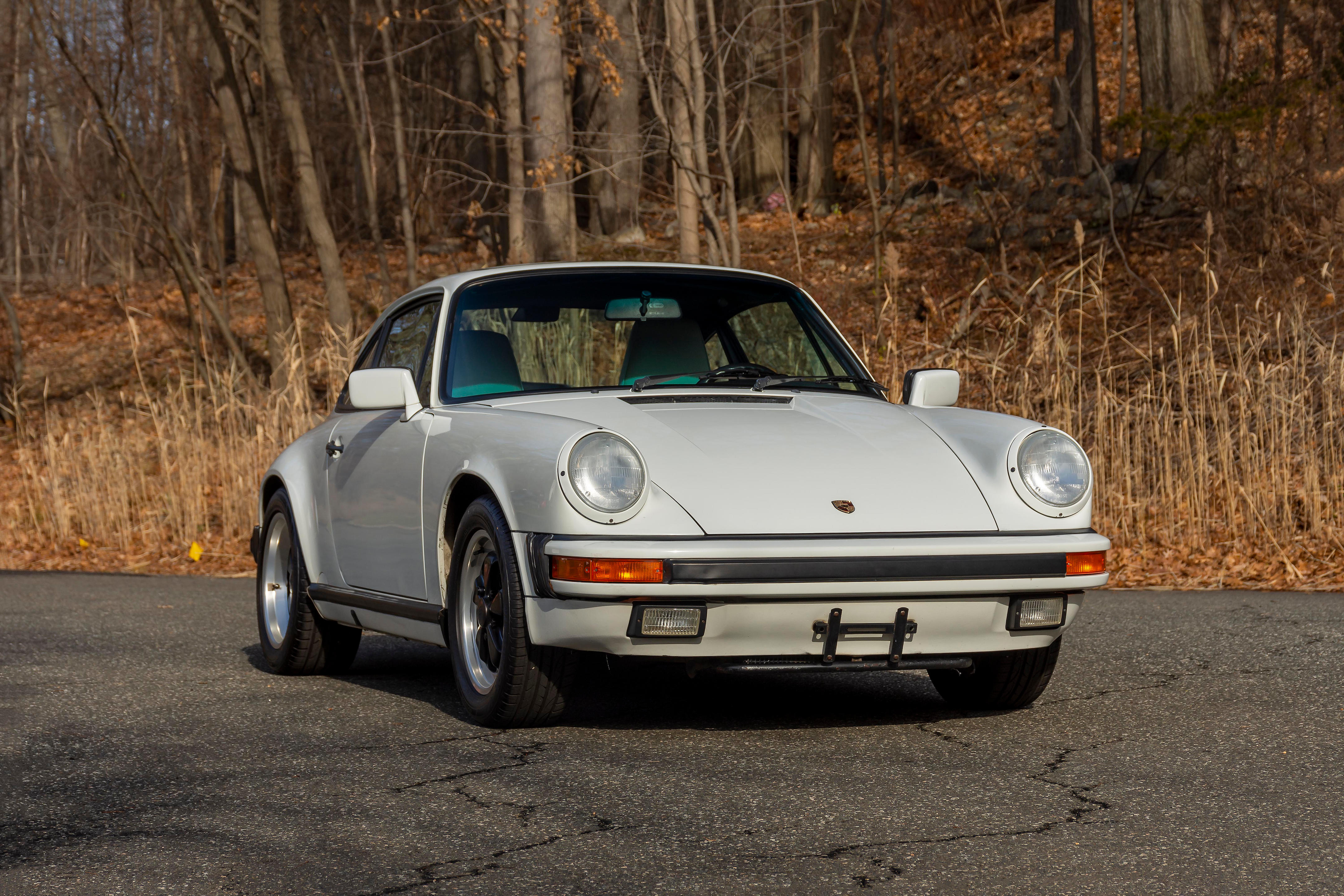


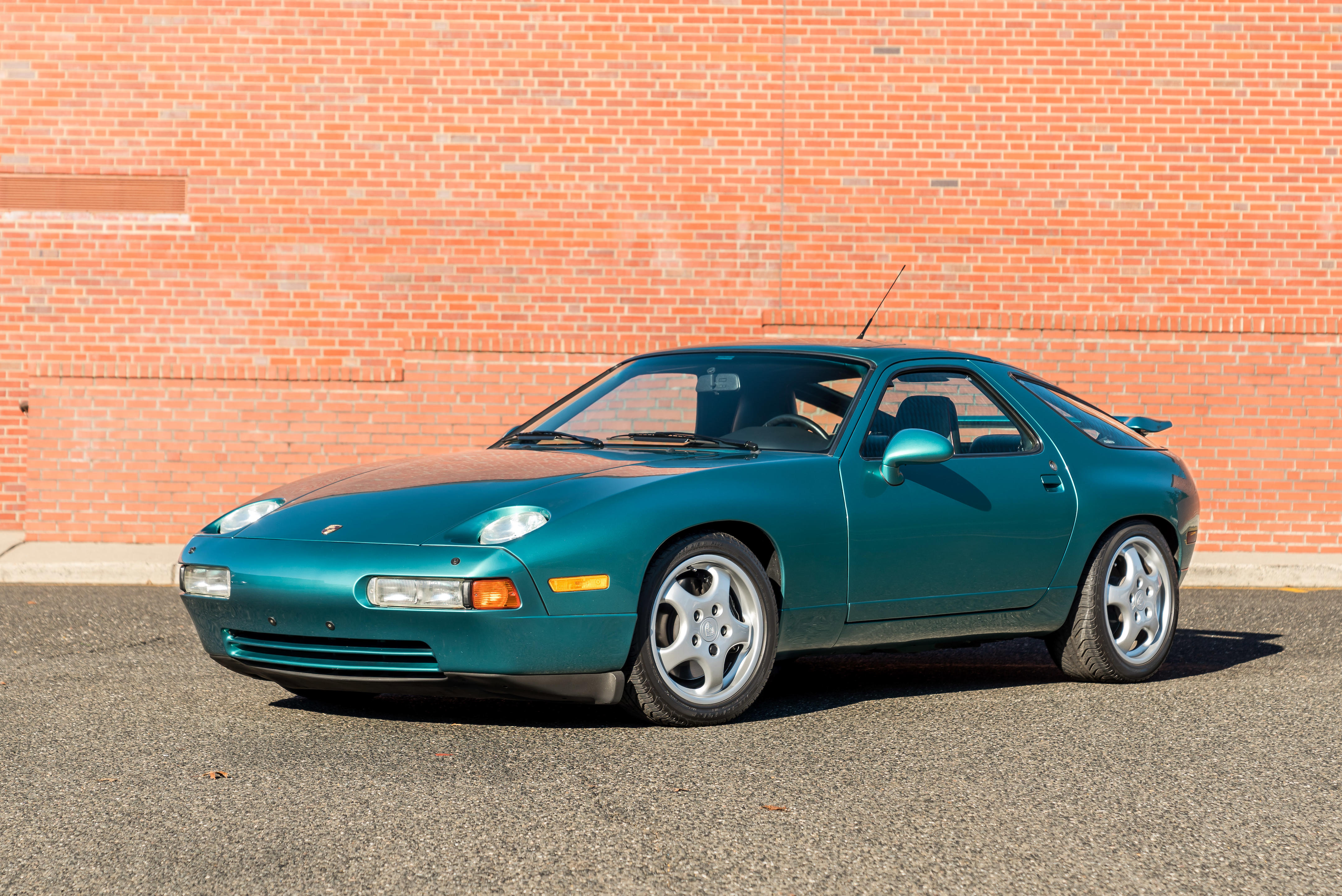

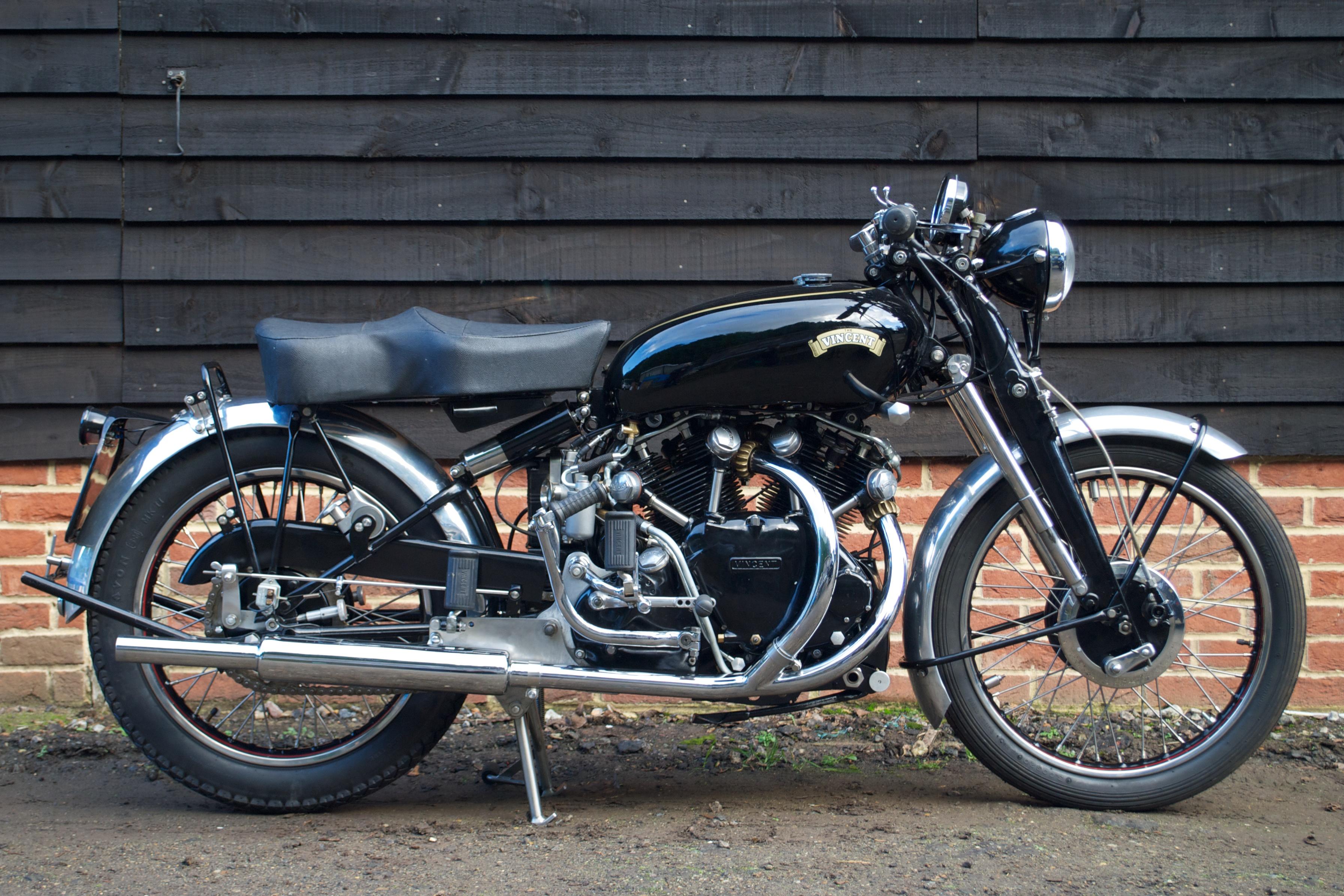

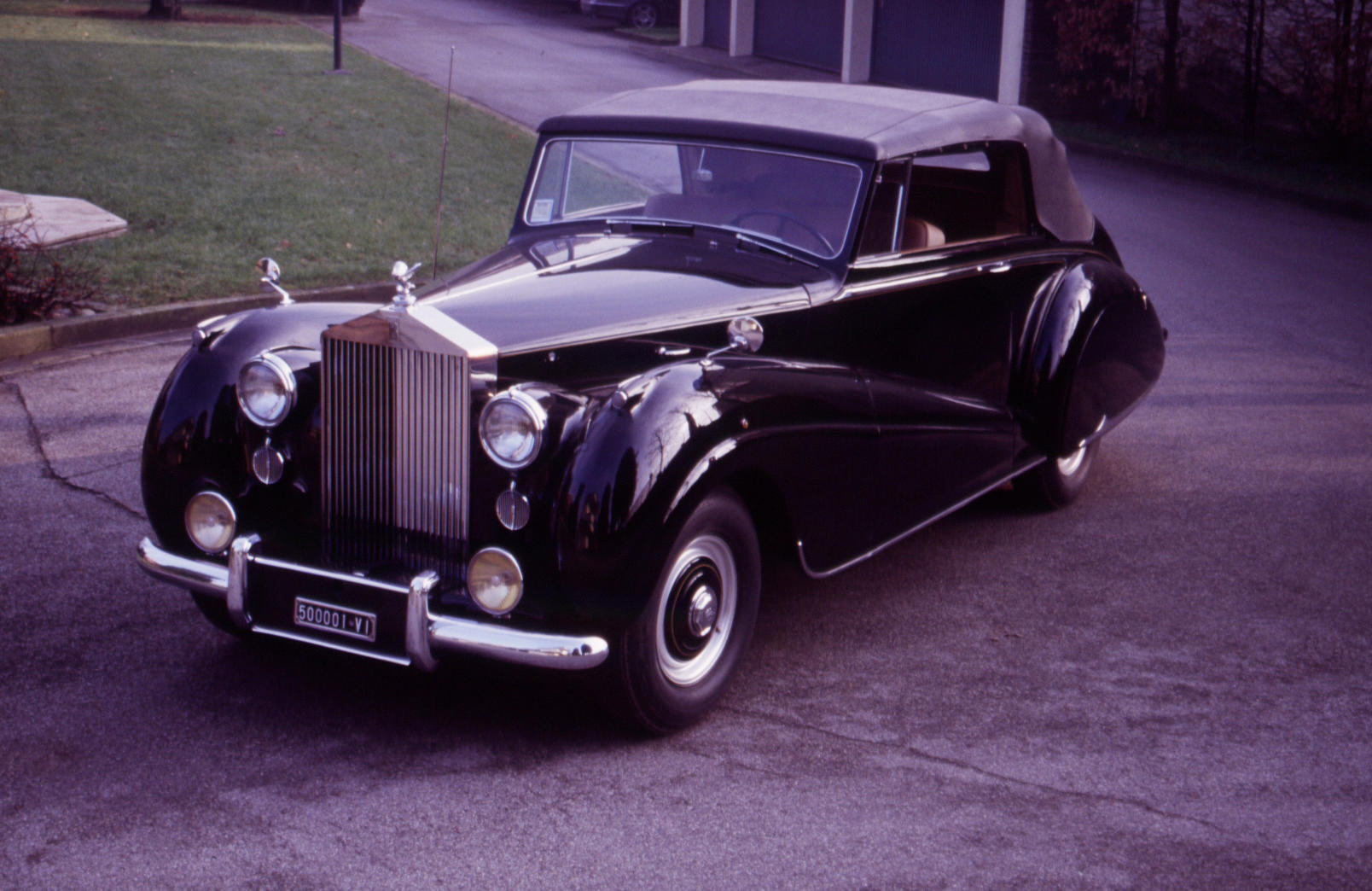
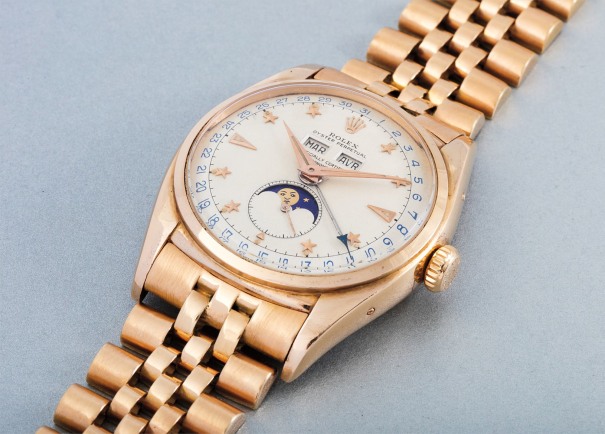

Testen Sie LotSearch und seine Premium-Features 7 Tage - ohne Kosten!
Lassen Sie sich automatisch über neue Objekte in kommenden Auktionen benachrichtigen.
Suchauftrag anlegen